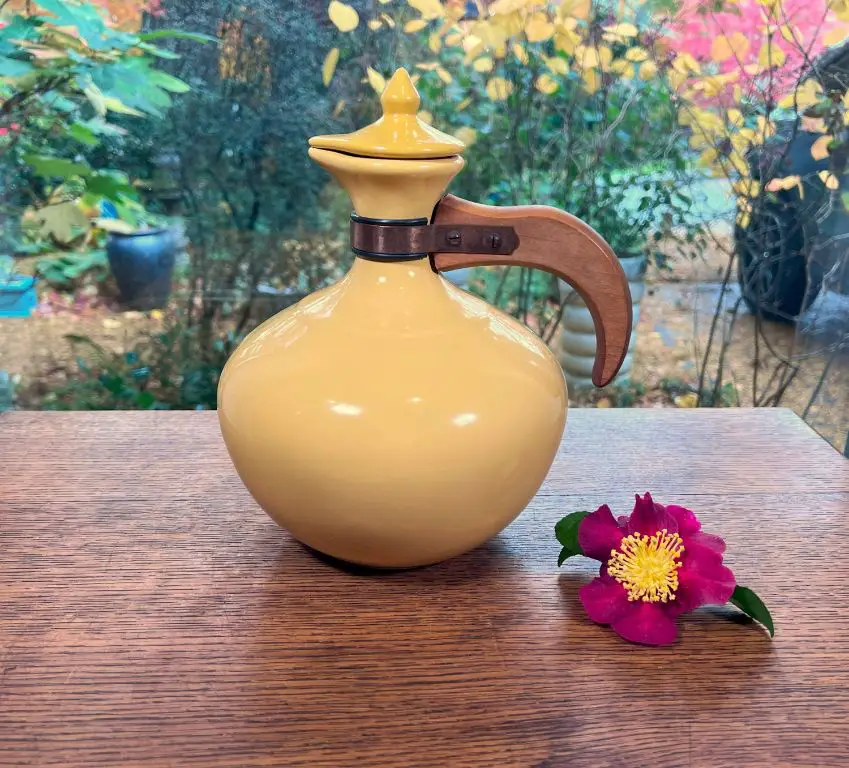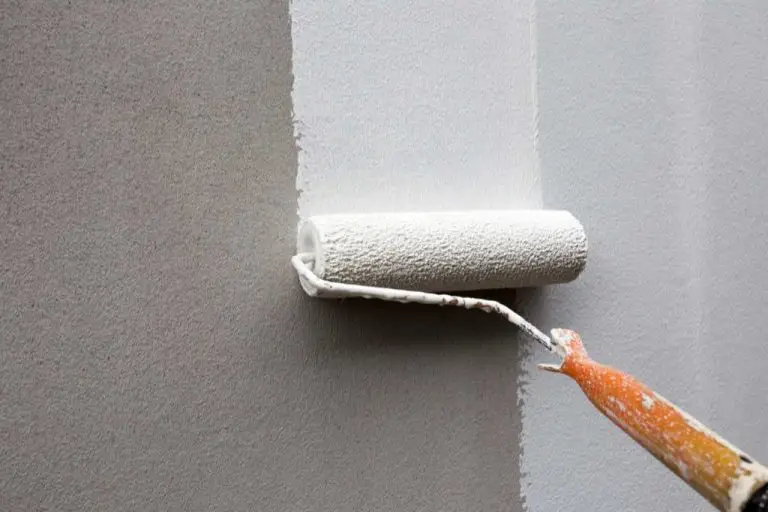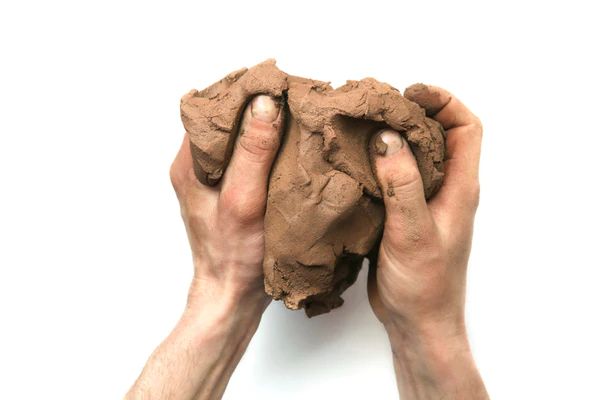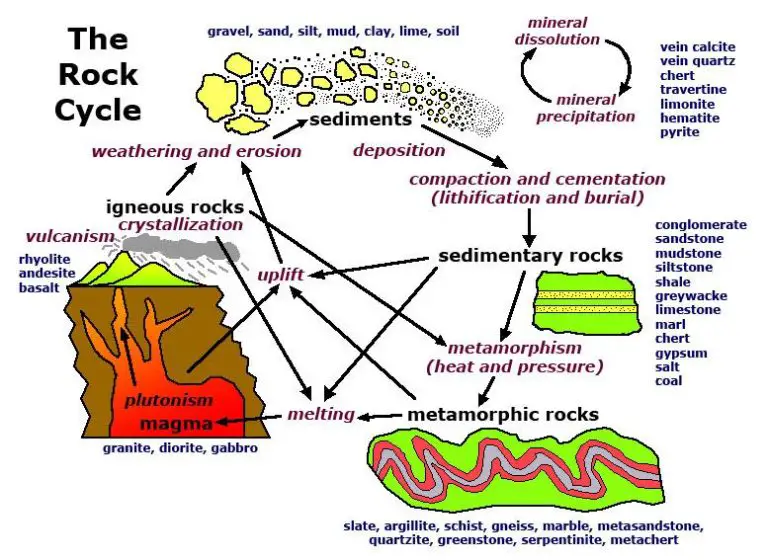Is California Pottery Collectible?
California has a rich history of pottery production dating back to the late 1800s. Spanish settlers first introduced European ceramic techniques and aesthetics when they established missions in California in the 18th century. As the population grew rapidly after statehood in 1850, a vibrant pottery industry emerged to meet demand for functional and decorative wares. Key milestones include the founding of commercial potteries like Gladding, McBean in Lincoln in 1875 and Pacific Clay Products in Los Angeles in 1928, and the establishment of influential art pottery studios like Metz Pottery in Los Angeles in 1909. Iconic California potters like Gertrud and Otto Natzler pushed technical and artistic boundaries in the mid-20th century. Today, California remains a hub for studio potters and collectors of vintage pottery prize early works from makers like Adelaide Alsop Robineau and Beatrice Wood for their pioneering Art Nouveau, Arts and Crafts, and Art Deco styles.
Sources:
https://en.wikipedia.org/wiki/California_pottery
Most Valuable California Potters
Some of the most sought-after and valuable California pottery was produced by potters like Hull, Roseville, Bauer, Heath, and more. These potters created unique decorative and functional pieces that are highly prized by collectors today.
The J.A. Bauer Pottery Company, founded in 1882 in Los Angeles, was one of the earliest and most successful California potteries. Prized for its high quality stoneware glazes and distinctive matte black finish, Bauer pottery ranges from vases to cookware [1].
Ernest A. Batchelder founded the Batchelder Tile Company in 1909, specializing in handmade art tile. His tile installations can be seen in landmark buildings across California. Individual Batchelder tiles are valued for their arts and crafts designs [1].
Roseville Pottery was founded in Roseville, California in 1904. Roseville’s high gloss glazes and innovative crystalline finishes in shapes like vases, bowls, and figurines make it one of the most popular collectible California potteries [1].
The Pottery Workshop, also known as Heath Ceramics, was founded by Edith Heath in 1948 and remains in operation today. Heath is acclaimed for its simple, modern designs in home goods and tableware [2].
Notable California Pottery Styles
California has been home to many important pottery styles over the past century. Here are some of the most significant:
Arts & Crafts
The Arts & Crafts movement flourished in California in the early 20th century. Potters like Ernest Batchelder produced handmade tiles, vases, and other wares inspired by organic shapes and medieval designs. Glazes tended to be earthy hues of brown, green, and blue.
California Mid-Century Modern
Mid-century modern ceramics exploded in post-war California. Artists like Otto and Gertrud Natzler created biomorphic, sculptural pieces with glazes like oxblood and celadon. Slab construction and eccentrically shaped vases became popular.
Studio Pottery
Figures like Peter Voulkos pushed the boundaries of functional pottery in the 1950s-60s. His slashed, gestural plates and platters with improvised Japanese-inspired glazes embodied the spirit of studio pottery. Other experimental potters worked in this direction too.
Figurative Sculpture
Some California ceramic artists like Margaret and David Gilmore became known for their lifelike figurative sculptures, often of native animals and people. These intricately built and hand-painted pieces blurred the line between fine art and ceramics.
Factors That Affect Value

There are several key factors that affect the value of California pottery pieces:
Age
In general, older pieces tend to be more valuable than newer ones. Pottery made before World War II, during the Arts & Crafts era, is often the most sought after by collectors. Pieces from acclaimed potteries like Bauer, Catalina, Eva Zeisel, and Metlox can fetch high prices if they date to the 1920s-1940s.
Condition
As with most antiques and collectibles, condition is paramount. Flaws like chips, cracks, and paint wear can dramatically decrease value. Well-preserved pieces in excellent condition command the highest prices.
Rarity
Rare, unusual, one-of-a-kind, or limited production runs tend to be more valuable. Some potteries made multiples of popular lines, while custom or experimental pieces were often unique. Rare glazes and decorative techniques also add value.
Design
Decorative, stylized, and modern designs are generally more prized by collectors than basic utilitarian shapes. Innovative designs and special detailing like hand-painting increase value. Iconic patterns like Bauer’s Poppytrail and Catalina’s Seahorse are highly sought after.
Maker Marks
Clear hallmarks and manufacturer’s marks are very important in identifying and authenticating pieces. Marks can directly tie a piece to a noted pottery, designer, or artist, so their presence boosts value. Unmarked pottery is harder to attribute so often sells for less.
Where to Find California Pottery
California pottery can often be found in antique shops, especially those specializing in American decorative arts. These shops may have selections of pottery from acclaimed California potters like Adelaide Alsop Robineau. Antique malls are another place to find a wide variety of California pottery, where individual dealers will have booths. Estate sales in California are an excellent place to look for pottery that was locally produced and has remained in the region. Online auctions like eBay can also turn up California pottery from various eras. When buying on auction sites, it’s important to thoroughly research pieces and ask sellers questions to ensure authenticity.
Specialized collector fairs are a great place to network with other enthusiasts and find rare examples. The best events will have knowledgeable dealers vetting quality pieces. Museum stores like the ones at the Pasadena Museum of California Art and the Mingei International Museum may carry exhibition catalogues, books, and reproductions related to influential California potters. While reproductions lack the value of originals, they can provide affordable options for decorating with mid-century California style.
Authenticating and Appraising
When trying to determine if a piece of California pottery is authentic and what it might be worth, there are a few key steps to take:
First, look closely at the piece for any markings, stamps, or stickers that identify the pottery house. Many manufacturers put their name or logo on the bottom or back of pieces. According to Vintage Eve’s, hallmarks to look for include Made in California, California U.S.A., and the manufacturer’s name.
It’s also important to examine the overall style, glaze, colors, and other details that can help identify the pottery house. Resources like collector books and online guides can be useful for comparing markings and styles.
Professional appraisals are recommended for evaluating authenticity and determining value. An expert appraiser will look at all markings, examine the overall piece, and assess the rarity and demand. Appraisals can be done through local antique shops, auction houses, or independent appraisers.
According to Edibles and Diego, factors like age, condition, and desirability impact value. Rarer and older styles in excellent condition tend to be more valuable.
Caring for and Displaying
Proper care of California pottery ensures it retains its value and aesthetic appeal over time. As with most ceramic pieces, avoid using harsh chemicals or abrasives when cleaning, as they can damage the glaze. According to the Sarweb Organization, gently dust pieces with a soft cloth to remove loose dirt and debris (https://sarweb.org/itemcare/). For tougher stains, use a mild detergent with warm water and a soft sponge or cloth. Rinse and dry thoroughly.
Ceramic pieces are susceptible to cracking and crazing when exposed to sudden temperature changes. Avoid extreme heat or cold, such as placing pottery in the oven or freezer. Allow pieces to come to room temperature before washing (https://www.mackenzie-childs.com/care-and-use.html).
To prevent fading, display pottery away from direct sunlight. Shelves near windows or exposed to UV rays can damage the colors over time. Rotate pieces every few months to ensure even light exposure. Use felt pads under heavier items to prevent scratches. With proper ongoing care, California pottery will remain an aesthetically pleasing and valuable collection.
Notable Public Collections
Several prominent museums in California feature exhibitions and collections dedicated to showcasing the state’s rich history of ceramic arts. Some key institutions include:
The American Museum of Ceramic Art (AMOCA) in Pomona has the largest public collection of California pottery in the world. Their permanent collection includes over 5,000 pieces covering major pottery styles and artisans over the past century. AMOCA regularly features exhibitions spotlighting influential California potters such as Jerry Rothman, Gertrud and Otto Natzler, and Beatrice Wood.
The Renwick Gallery at the Smithsonian American Art Museum in Washington D.C. holds numerous examples of California studio pottery. Their showcase includes classic pieces by seminal artists like Harrison McIntosh and Peter Voulkos who were instrumental in the mid-century California ceramics scene.
The Mingei International Museum in San Diego houses collections of folk pottery from cultures around the world. Their holdings include excellent examples of historical and contemporary California ceramics, particularly those influenced by Asian, Latin American, and indigenous aesthetics and techniques.
Local museums like the Peterson Museum in Los Angeles, the Gardiner Clay Studio in Pasadena, and the Leach Pottery in San Jose also curate rotating exhibits of California pottery old and new. Smaller galleries provide an intimate look at regional pottery artists and evolving styles.
Investment Potential
The pottery and ceramics market has experienced steady growth over the past decade. According to Grand View Research, the global pottery and ceramics market size was valued at $10.72 billion in 2021 and is expected to expand at a compound annual growth rate of 3.8% from 2022 to 2030.
There are several factors driving this growth. First, pottery and ceramic products remain popular for both decorative and functional uses in homes and businesses. Additionally, interest in handmade and locally produced pottery has risen. Finally, exports of pottery and ceramics from major producing countries like China, India, and Brazil have increased as more markets open up globally.
For investors and collectors interested in California pottery specifically, growth prospects also look positive. As one of the major historical pottery production centers in the U.S., California pottery maintains a strong collector base and niche market. Rarity, quality craftsmanship, and unique styles from influential potters still command high prices at auction and on secondary markets.
While market demand exists, California pottery can be a risky investment due to challenges with authenticating pieces and the potential for fakes and reproductions. However, with thorough research and guidance from appraisers, collectors can find quality investments within this market.
Conclusion
In summary, California pottery is highly collectible for several reasons. The state has been home to many talented potters over the past century who have created distinctive styles and advanced the American studio pottery movement. Pieces from influential ceramic artists like Marguerite Wildenhain and Peter Voulkos can sell for thousands of dollars at auction based on their origins and artistry. Unique glazing techniques like high-fire crystalline glazes were pioneered by California potters, making their works identifiable and sought after by collectors. The wide range of styles from different eras, like Arts & Crafts, Mid-Century Modern, and Bay Area Figurative, also adds to the collectibility and investment potential of California pottery. While condition, rarity, provenance, and demand influence value, the handmade artistry and innovation of California potters ensure their works will continue to be collectible for generations to come.




